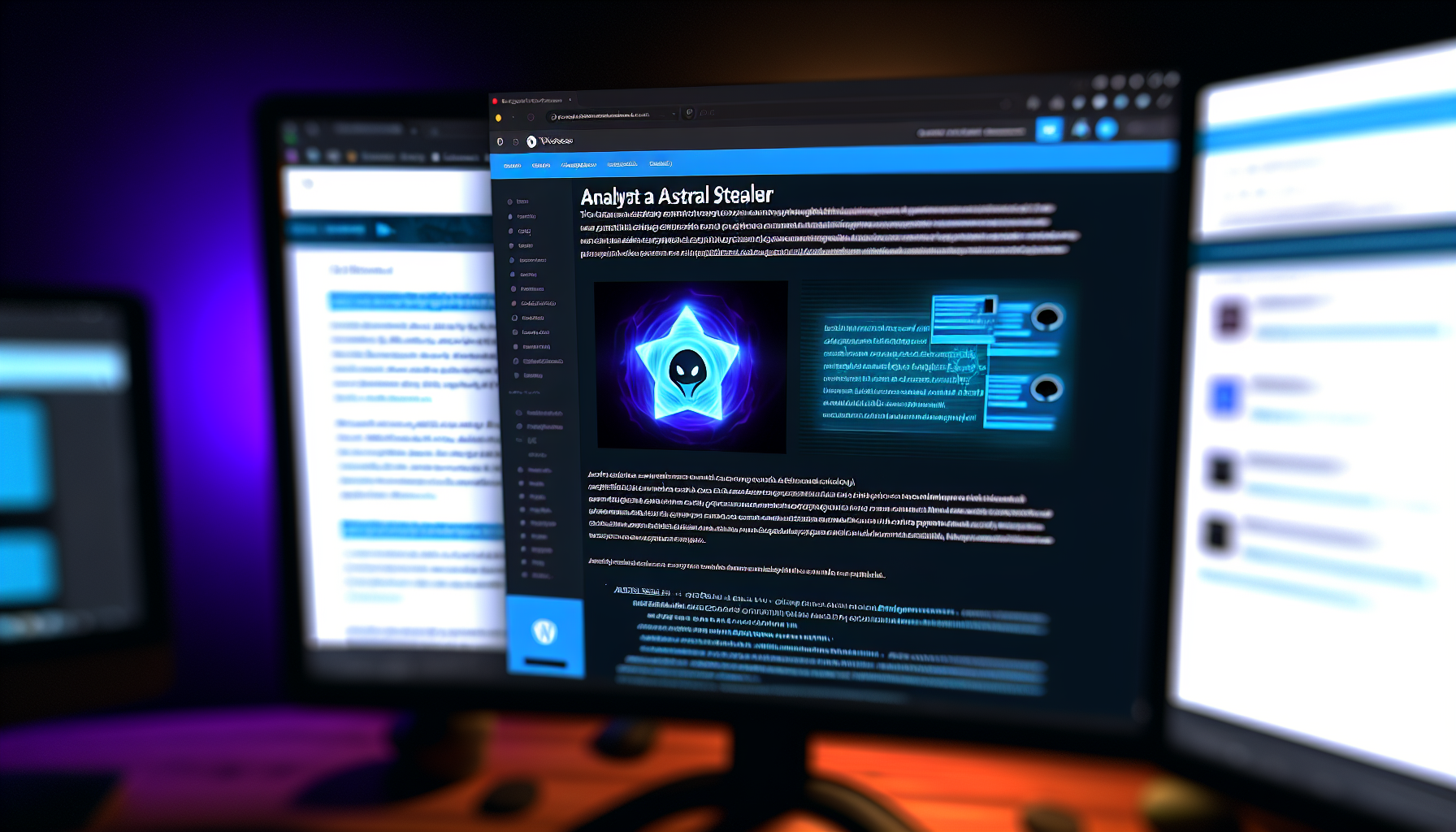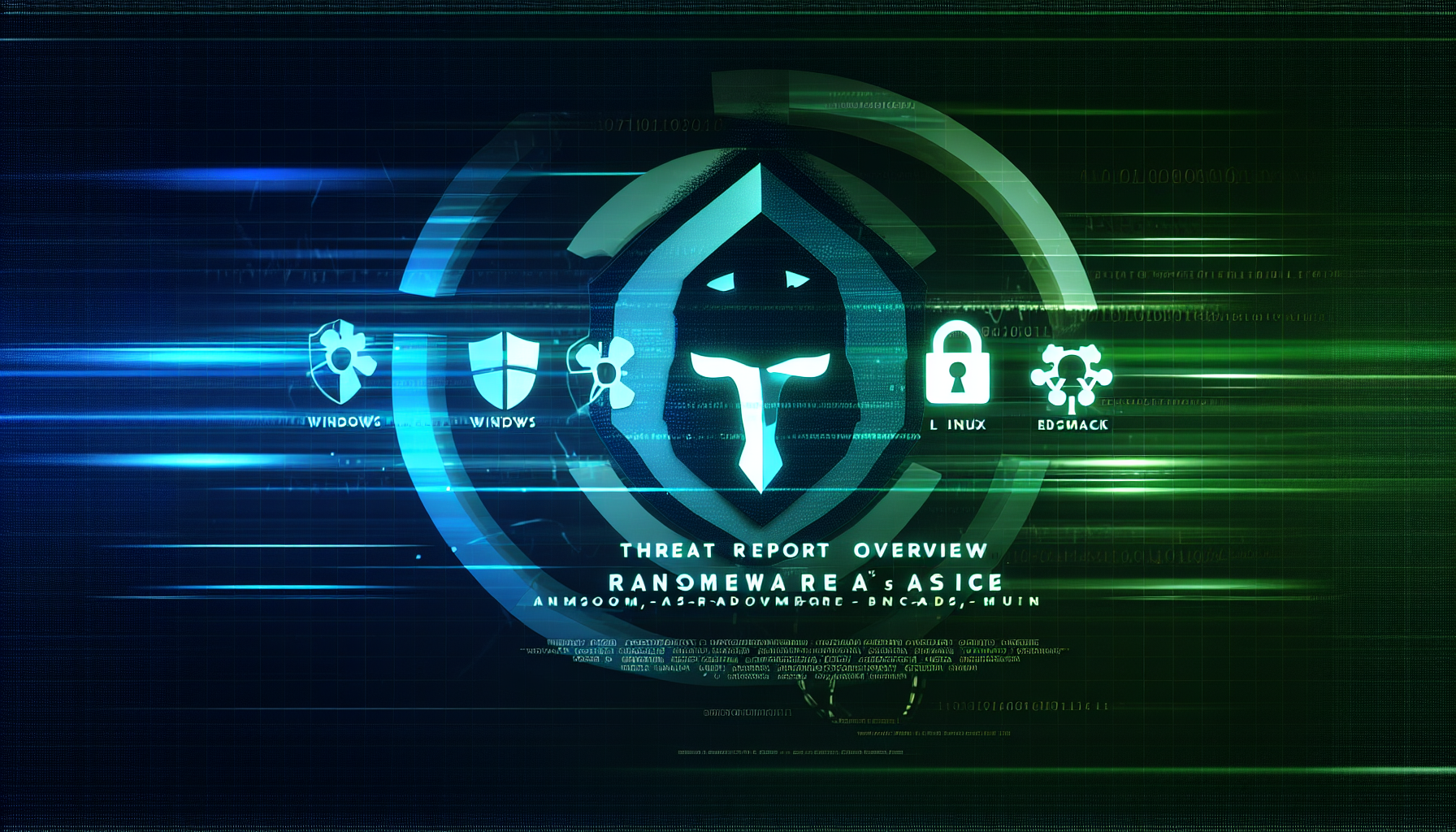In the ever-evolving landscape of cyber threats, staying informed about new and emerging risks is crucial for maintaining robust security measures. A recent threat report published by CyberHunter_NL on March 18, 2025, provides a comprehensive analysis of StilachiRAT, a sophisticated malware designed to conduct system reconnaissance and ultimately steal cryptocurrency. This report offers valuable insights into the tactics, techniques, and procedures (TTPs) employed by this threat actor group, as well as recommendations for mitigation.
StilachiRAT is a multifaceted Remote Access Trojan (RAT) that has been observed in various cyber attacks aimed at compromising systems and siphoning off cryptocurrency. The malware operates through a series of meticulously planned stages, beginning with initial access and culminating in the exfiltration of valuable digital assets. This report delves into each phase of the attack lifecycle, highlighting key indicators of compromise (IOCs) that security professionals can use to detect and respond to potential threats.
The threat actor group behind StilachiRAT is known for its advanced capabilities in system reconnaissance. By leveraging various tools and techniques, they are able to gather detailed information about targeted systems, including network configurations, user activities, and security measures. This intelligence allows them to tailor their attacks with precision, increasing the likelihood of success.
One of the most concerning aspects of StilachiRAT is its ability to remain undetected for extended periods. The malware employs sophisticated evasion techniques, making it difficult for traditional security solutions to identify and neutralize the threat. However, by understanding the TTPs associated with StilachiRAT, organizations can implement proactive measures to enhance their defenses.
The report provides a detailed analysis of the reconnaissance phase, where StilachiRAT collects data on system vulnerabilities, user credentials, and network topology. This information is then used to plan subsequent attacks, which often involve lateral movement within the compromised network. By mapping out the internal infrastructure, the threat actors can identify high-value targets and exploit them efficiently.
In addition to its reconnaissance capabilities, StilachiRAT excels in cryptocurrency theft. The malware is designed to steal digital wallets and private keys, enabling the attackers to transfer funds to their own accounts. This form of cybercrime has become increasingly prevalent, as cryptocurrencies offer a high-value target with the potential for significant financial gains.
To mitigate the risks posed by StilachiRAT, organizations should implement a multi-layered security approach. This includes deploying advanced threat detection and response solutions, conducting regular security audits, and providing comprehensive training to employees on cybersecurity best practices. Additionally, implementing strong access controls and encryption can help protect sensitive data from unauthorized access.
The report also emphasizes the importance of collaboration within the cybersecurity community. By sharing information about emerging threats and TTPs, organizations can collectively enhance their defenses and reduce the impact of cyber attacks. Security professionals are encouraged to review the full report and incorporate its findings into their security strategies.
In conclusion, StilachiRAT represents a significant threat to organizations, particularly those involved in cryptocurrency transactions. By understanding the tactics employed by this malware and implementing robust security measures, organizations can better protect themselves against potential cyber attacks. The report published by CyberHunter_NL serves as a valuable resource for security professionals seeking to stay ahead of evolving threats.
For additional information on StilachiRAT and its associated TTPs, please refer to the external references provided in the report: https://otx.alienvault.com/pulse/67d9947e6abd47d2789ec16b and https://www.microsoft.com/en-us/security/blog/2025/03/17/stilachirat-analysis-from-system-reconnaissance-to-cryptocurrency-theft/.
Discover more from ESSGroup
Subscribe to get the latest posts sent to your email.





